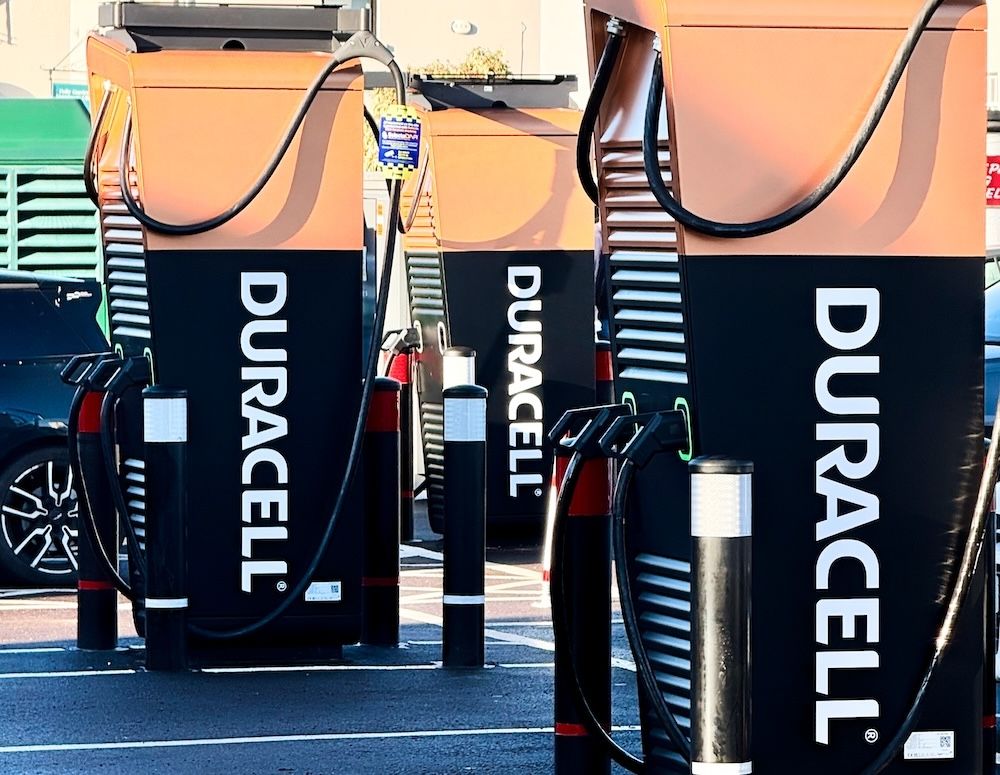Net zero is “in reach” for local authorities with surface treatments offering the potential removal of carbon from the highways maintenance process.
The finding was one of the conclusions from the second edition of the Road Surface Treatments
Association’s (RSTA) Carbon Emissions Document at its annual conference, which took place last week.
Building on the first edition of 2023, the new report’s focus was around the transitioning life cycle assessment (LCA) of highway maintenance treatments from section A (product stage) to now include section B (use stage).
The methodology for the research adheres to already established standards, including BS EN 15804+A2 and BS EN 17472:2022.
Some 19 RSTA member companies took part in the project, introducing new surface treatments, with the results presented in kgCO2e per m2, enabling understanding of a highway project’s potential carbon impact.
Mike Hansford, Chief Executive of the RSTA, said:
“The RSTA is very excited to launch Edition 2 of our carbon guidance, which documents a longer term, whole life, carbon assessment of treatments and materials.
“This document will support local highway authorities and road operators, who are tasked with making strategic and operational decisions linked to carbon reduction, in support of their net zero aspirations. This project has been made possible with contributions from member organisations, working in conjunction with PYE Management.
“The Future Roads Minister, Lillian Greenwood, spoke recently about decarbonisation of highway
maintenance, and this document provides evidence that these opportunities exist.”
Also this year, as part of the report, different scenarios were created comparing the carbon output of some
surface treatments with resurfacing. This includes expanded analysis of life cycle examples over a 60-year
periods.
Emma Pye, Director of Pye Management, who researched and wrote the report added:
“I am so excited by the results of this year’s report. They show that, more than ever, there is a clear argument that surface treatments are significantly more carbon efficient compared to other maintenance treatments such as resurfacing.
“At a time when many local authorities need to meet climate targets by 2050, net zero is finally in their grasp.”
Image from Shutterstock








